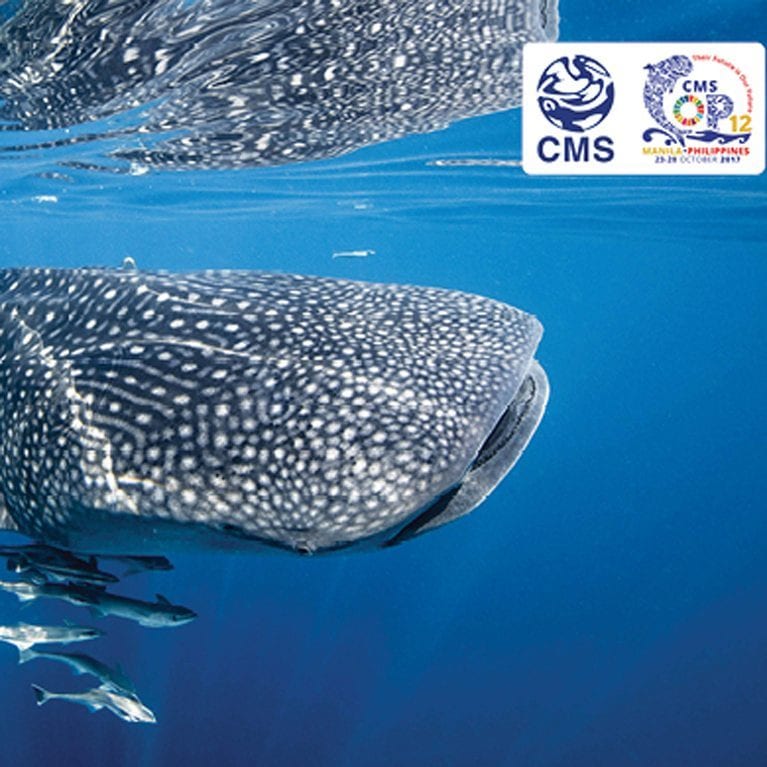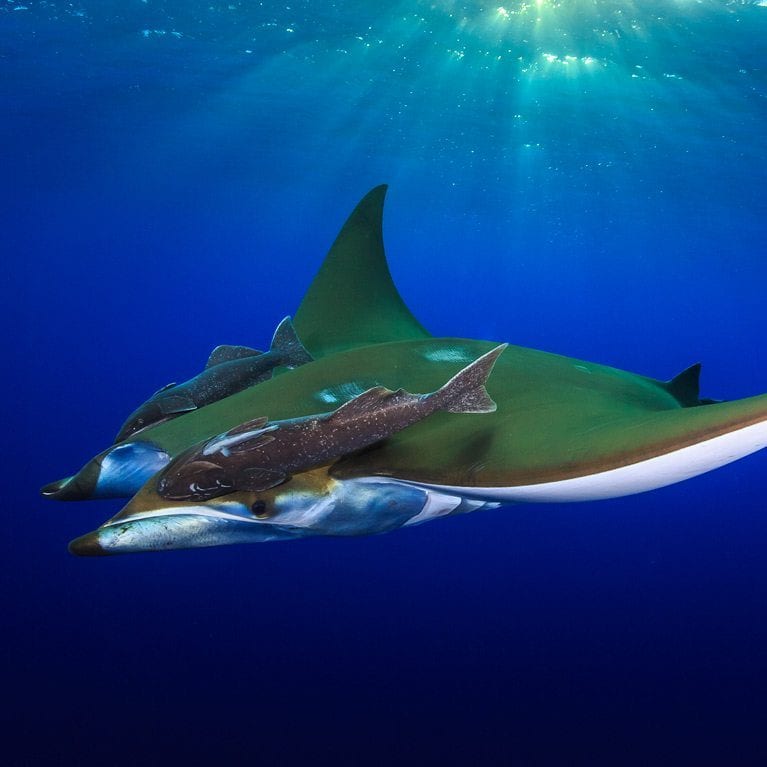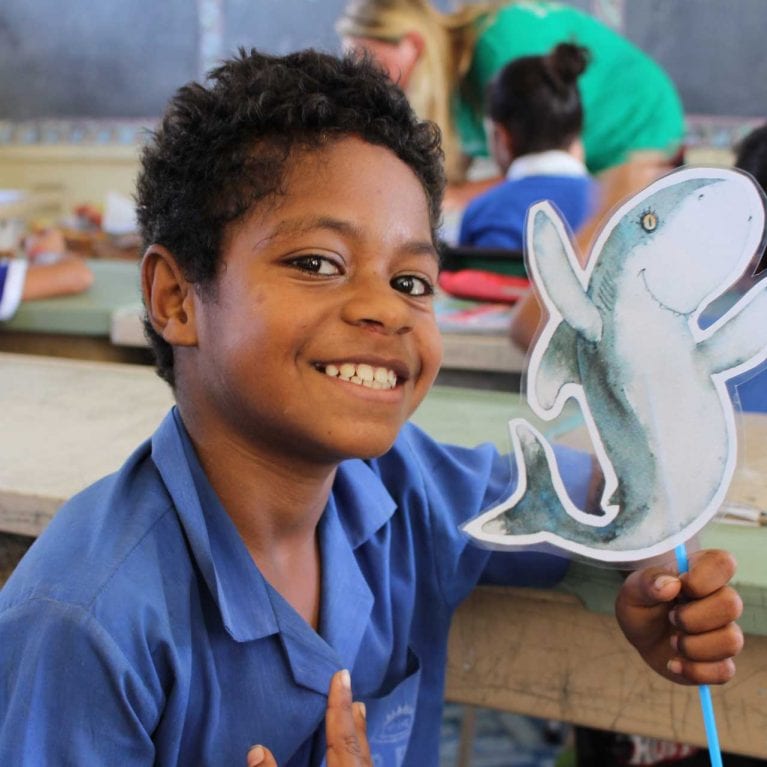Global protection for devil rays
In September 2016 Isabel and the Manta Trust will be heading to CITES. This critical meeting is held only every four years and will decide which new species are listed under global trade restrictions.
Because I grew up on a beach in Senegal, Africa, some of my first memories are of falling asleep to the sound of the crashing waves of the Atlantic Ocean. It was the most beautiful and soothing sound and I am convinced that my love for the ocean began right there. Yet it took me quite some time, and a couple of fun detours in my life, until I stumbled back into the ocean to do a scuba-diving course and realised that this was what I had been looking for. I was back where I belonged. Completing my degree in...



Paving the way for devil ray protection at the 2016 CITES Conference of the Parties
To see all species of mobula ray effectively managed for sustainable or non-consumptive use in a means that promotes wider ocean conservation.
Escalating international trade for dried Mobula gill plates marketed as Traditional Chinese Medicine, along with trade of meat and products such as cartilage, has led to unregulated and unmonitored artisanal and commercial fisheries targeting these species. Significant declines have been observed in a number of locations in the Indo-Pacific, Eastern Pacific, and Indian Ocean regions, while catch per unit effort has generally decreased. Local catch declines of up to 96% for M. japanica and 99% for M. tarapacana have been observed in fished populations over the past 10-15 years despite increased directed fishing effort. Declines of similar magnitude likely occur in other locations but go unnoticed due to a paucity of mobulid fisheries data collection. The morphological similarities between the nine Mobula species and their gill plates, combined with overlapping distribution ranges, make species identification challenging. As a result, detailed reporting of catches from many countries is lacking and misidentification has often led to inaccurate species level assessments, further exacerbating the situation. Measures to ensure Mobula fisheries are managed, and international trade in these species is sustainably controlled and monitored, are currently lacking. Change is needed now before current rates of overfishing push these species to commercial extinction.
Mobula rays (Mobula spp.; Family: Mobulidae; commonly referred to as devil rays) are found across the world throughout tropical and temperate oceans and face severe global population declines due to target and incidental fisheries. Biologically comparable to their close relatives, the manta rays (Manta spp.; listed under CITES Appendix II and CMS Appendix I & II), they have conservative life histories with slow growth rates, late maturity, and the production of only a few offspring over their long lifetimes. This, coupled with their migratory nature and inherent aggregatory behaviour, makes them extremely vulnerable to overexploitation and slow to recover from depletion.
An Appendix II listing for the genus Mobula is necessary in order to ensure that international trade does not continue to drive unsustainable fisheries. It will ensure that international trade is supplied by sustainably managed, accurately recorded fisheries that are not detrimental to the status of the wild populations that they exploit. Other CITES measures for the regulation and monitoring of international trade will reinforce and complement traditional fisheries management measures for these vulnerable species, thus also contributing to implementation of the UN FAO IPOA–Sharks.
- To conduct an educational media campaign ahead of CITES CoP in 2016 that improves the general public’s awareness and understanding of mobula rays, the threats they face, and the potential solutions to these threats.
- To raise awareness among CITES decision-makers and governments about mobula rays and the threats they face, including their re-assessed status on the IUCN Red List of Threatened Species, and the need for listing on CITES Appendix II.
- To provide support, materials, and guidance for any workshops and events focused on educating government officials about the status of mobula rays ahead of CITES CoP in 2016; such as regional workshops organised by WCS in West Africa, IFAW in Arabia, and PEW in Central America.
- To organise the Manta Trust’s presence during the CITES CoP, including media and social media exposure, physical presence and events, and coordination of collaborative activities with other NGOs.
- To conduct all planned project activities at the CITES CoP in order to support a listing on CITES Appendix II for the genus Mobula.
